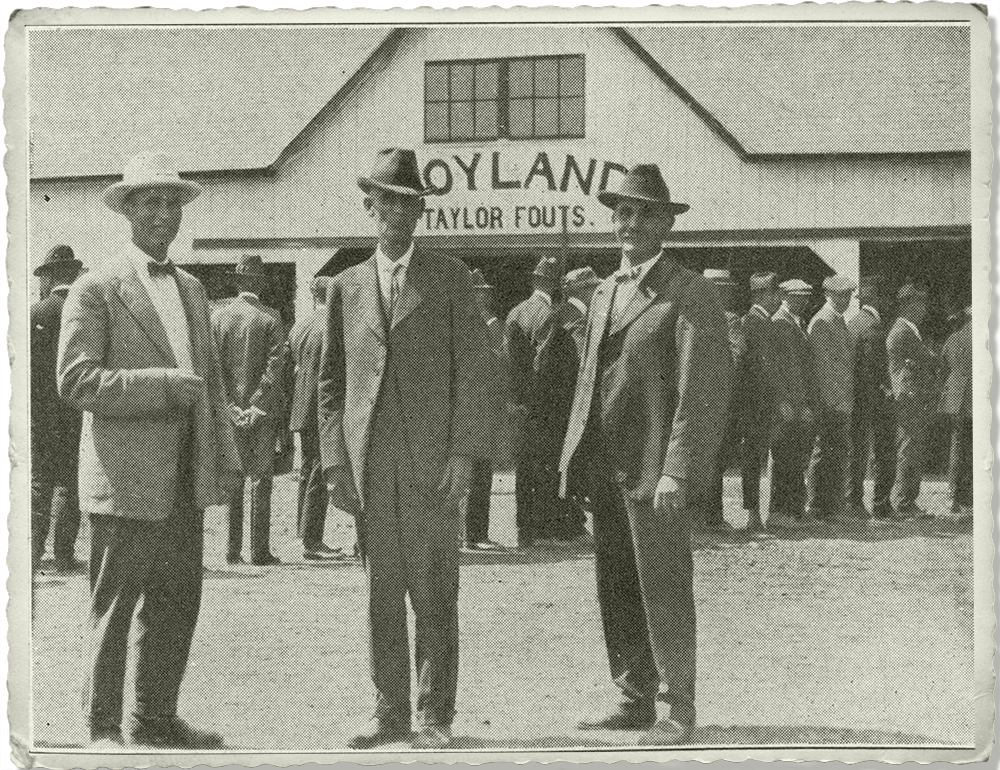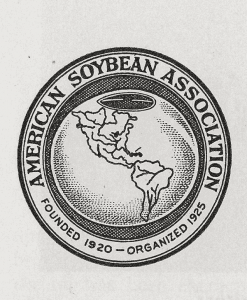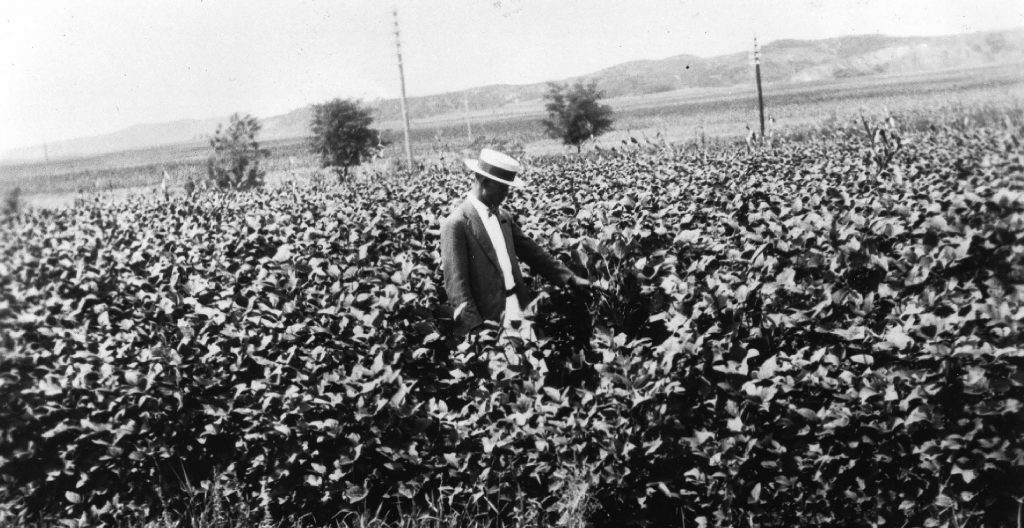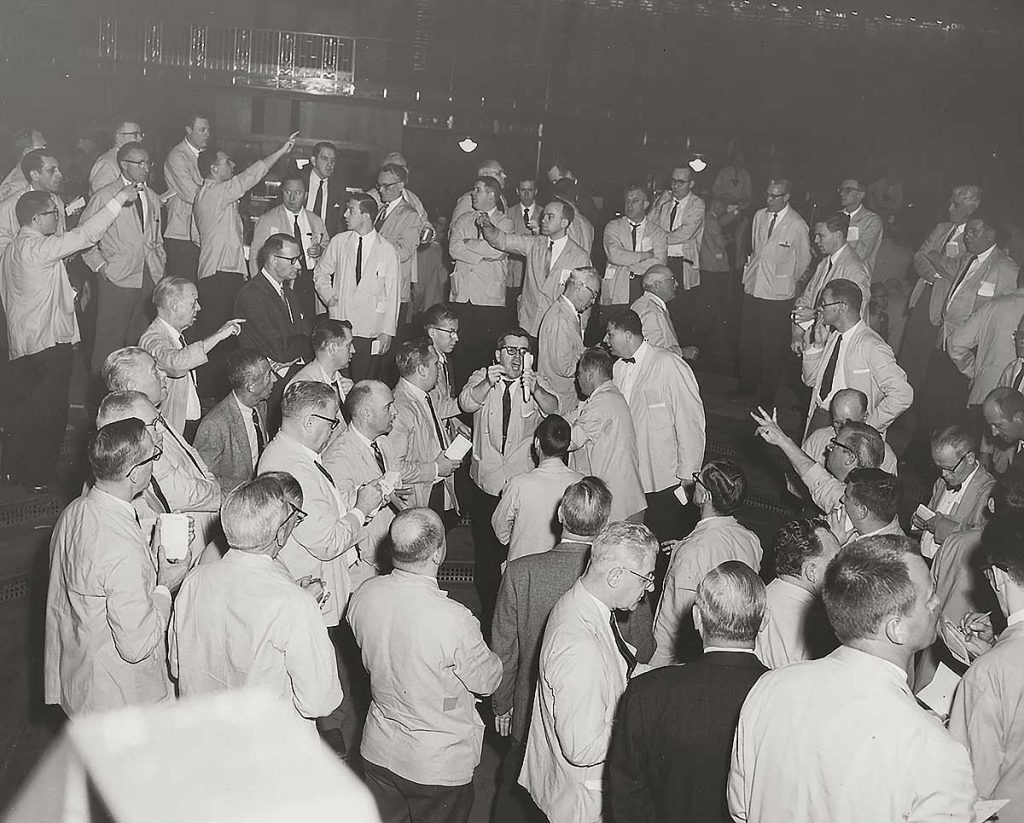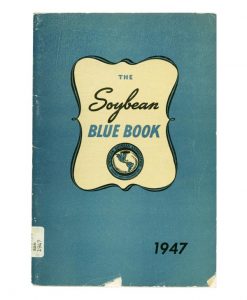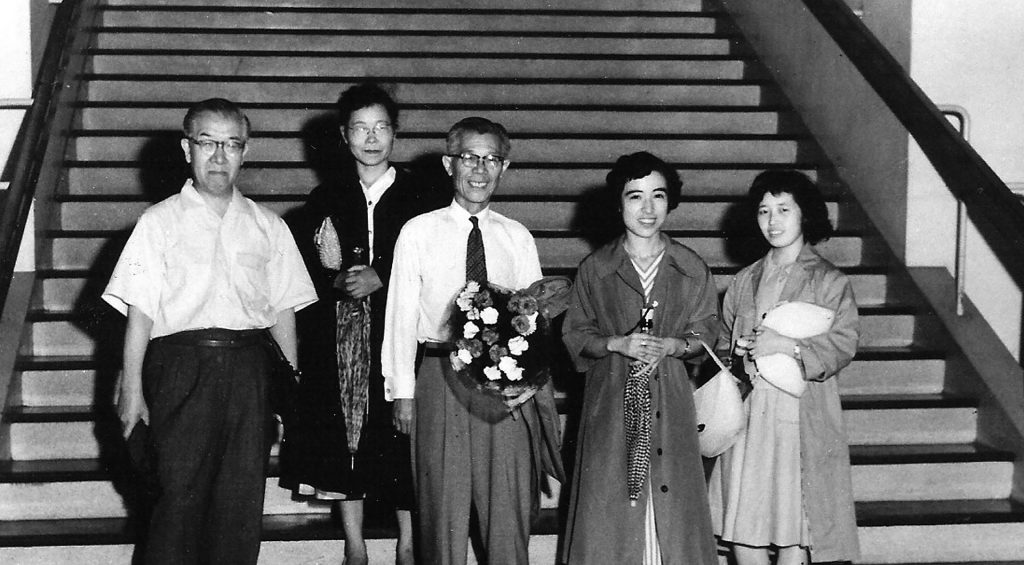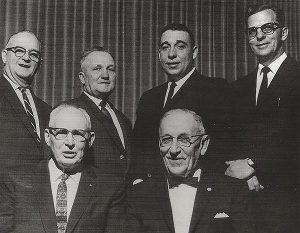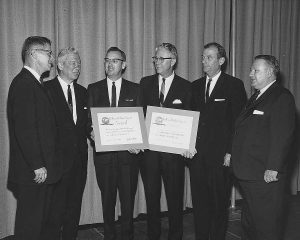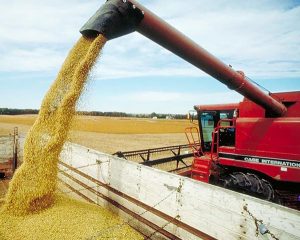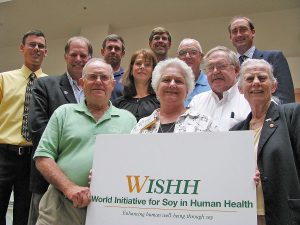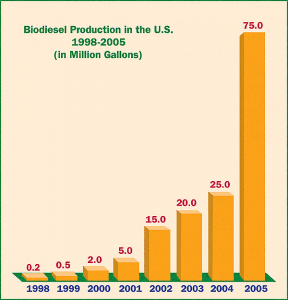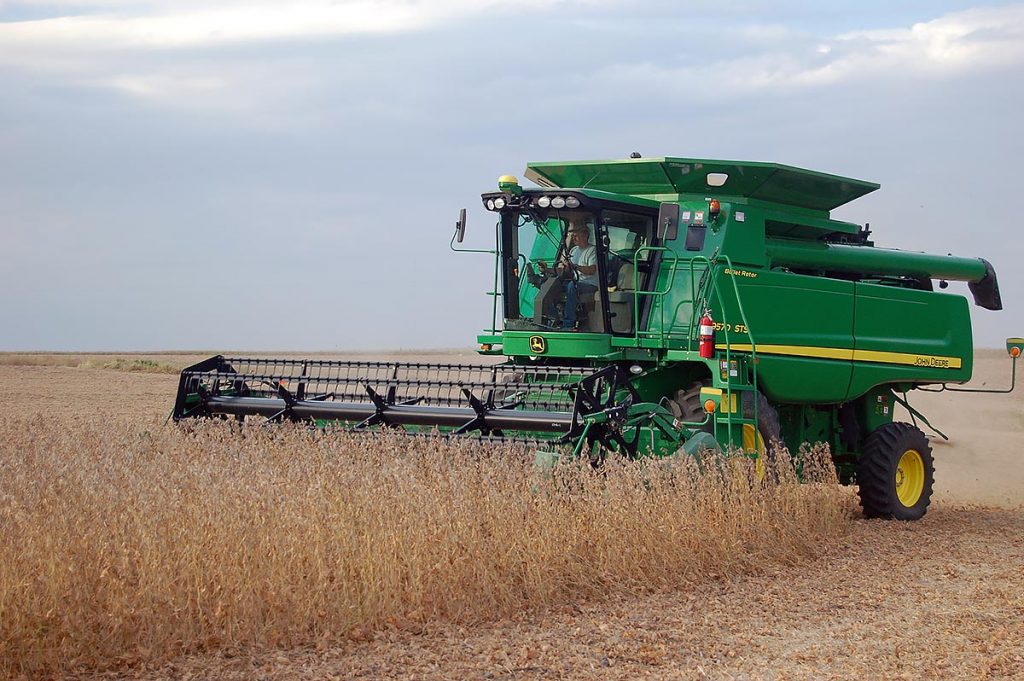
The soybean industry, which has developed so rapidly during the last ten years must depend on our Association for leadership. It is only through our organization that the varied and specific interests can join to work for the common cause.
November 1940
It all began in 1920 in Indiana

- 1920
- 1925
- 1931
- 1936
- 1940
- 1940
- 1946
- 1947
- 1948
- 1956
- 1962
- 1966
- 1968
- 1978
- 1989
- 1991
- 1996
- 2000
- 2000
- 2004
- 2005
- 2011
- 2020
1920 – National Soybean Growers’ Association is founded (later renamed)
The “First Corn Belt Soybean Field Day” was held on September 3, 1920 in Camden, Indiana. It was hosted at Soyland Farms, owned by brothers and pioneer soybean growers Taylor, Finis, and Noah Fouts, and organized with the backing of the Indiana Agricultural Experiment Station and the Extension Service at Purdue University in West Lafayette, Indiana.
In addition to field tours, there was a program of soybean production and marketing talks by staff from several extension services and universities, the U.S. Department of Agriculture, and prominent soybean farmers. Following the program, the growers in attendance determined that a specific organization was needed to help promote and develop soybean production and utilization in America. That day, growers founded the National Soybean Growers’ Association (later to be renamed American Soybean Association) and Taylor Fouts was elected its first president.
1925 – Name changes to American Soybean Association
1936 – CBOT launches a soybean futures contract
1940 – ASA hires its first paid executive
By 1940, leaders of the American Soybean Association believed it was strategically important to create a paid executive position. At ASA’s 1940 annual convention and meeting, the decision was made to hire George Strayer, a 29-year-old soybean farmer, seedsman and ASA director from Hudson, Iowa, as executive secretary. He was the first paid employee of ASA.
1940 – First issue of Soybean Digest is published
The American Soybean Association began publishing a monthly magazine in November 1940, called the Soybean Digest. In addition to publishing the proceedings of ASA’s annual convention and meeting, the magazine was to disseminate information and developments for the growing, marketing, handling processing and sale of soybeans. The first issue of the magazine was 16 pages.
1947 – First issue of Soybean Blue Book is published.
In 1947, ASA created and published the first edition of the Soybean Blue Book, to be an annual yearbook and directory for the industry. This new publication was part of ASA’s commitment to provide information covering all areas of the soybean industry. The publication was later renamed Soya Bluebook.
1948 – ASA launches program for voluntary investment from soybean sales
Recognizing that financing ASA only through membership dues would never be adequate to support the broad scope of important activities the association needed to perform, ASA leaders launched a voluntary nationwide investment program in 1948. Growers were asked to voluntarily invest one-fifth of a cent per bushel from the sale of their 1948 soybean crop. Elevators were asked to sign an agreement with ASA to collect the money at the time of purchase and then send it to ASA.
1956 – ASA opens its first international office in Japan
In February 1956, the first joint market development contract was signed between the American Soybean Association and the Foreign Agricultural Service (FAS) of the U.S. Department of Agriculture. This designated ASA as the official cooperator involving the use of Food for Peace (PL 480) funds for market promotion activities in Japan and Western Germany.
Then, in May 1956, with cooperator funds from FAS for multiple activities in Japan, the ASA Board of Directors established an office in Tokyo, Japan. This was ASA’s first international office. It was called the “Japanese American Soybean Institute” and involved a cooperative agreement for market development with five Japanese manufacturing and distribution associations.
1962 – Minnesota is first to organize a state soybean association
1966 – ASA receives “Billion Dollar Export” Award
1978 – ASA office moves from Iowa to Missouri
1989 – ASA begins work to achieve a national soybean checkoff
A special meeting of the ASA Voting Delegates was held on March 3, 1989 in St. Louis, Mo., to discuss a resolution to work toward a national Soybean Promotion and Research Checkoff (SPARC). The resolution was approved to pursue legislation authorizing a farmer-controlled national soybean checkoff. The national checkoff would designate that one-half of one percent on the sale of every bushel of soybeans go toward market promotion, research and industry education. After the vote of support for the resolution, ASA and state soybean association leaders started a focused campaign to get legislative approval for a national checkoff.
1991 – National checkoff assessments and collection begin
Checkoff assessments to fund promotion, research and education began on September 1, 1991, after having been authorized as part of the 1990 farm bill. One-half of one percent of the market price per bushel of soybeans sold would be collected at the point of sale. Half of the proceeds would go to state soybean checkoffs where soybeans were sold and half to the national checkoff. A new farmer-led entity, the United Soybean Board, created by the U.S. Department of Agriculture, would oversee investment of national checkoff dollars.
1996 – ASA and NCGA present the first Commodity Classic
2000 – China becomes the largest single-country purchaser of U.S. soybeans
By the 2000 marketing year, when China became the largest single-country purchaser of U.S. soybeans, ASA had been building and promoting a market for U.S. soybeans in China for nearly 20 years. That marketing year, China imported 191 million bushels of U.S. soybeans equaling almost 20 percent of total U.S. soybeans produced.
2000 – World Initiative for Soy in Human Health is founded
The World Initiative for Soy in Human Health, known as WISHH, was founded by visionary soybean growers from 10 state soybean boards. The program was to be operated by the American Soybean Association. The WISHH mission was to increase the use of U.S. soy products in developing countries where rapidly growing populations of all income levels could benefit from soy in their diets.
2004 – First biodiesel tax incentive passes
It was a landmark victory for ASA and the National Biodiesel Board when legislation creating the first biodiesel tax incentive was passed by Congress and signed into law by President George W. Bush in October 2004. Thousands of ASA members and industry leaders worked to get the legislation passed. It provided a two-year incentive, structured as a federal excise tax credit amounting to a penny per percentage point of biodiesel blended with petroleum diesel.
2005 – U.S. Soybean Export Council is formed
In 2005, following nearly 50 years of successful U.S. soybean export activities by the American Soybean Association, the farmer leaders of the American Soybean Association and the United Soybean Board decided to form the U.S. Soybean Export Council to implement international marketing activities going forward.
2011 – Value of U.S. soybean exports reach a record $26 billion
2020 – ASA observes its 100th Anniversary
On September 3, 2020, the American Soybean Association officially becomes 100 years old. During those ten decades, ASA helped build the U.S. soybean industry into the prominent agricultural industry that it is today. Now, 100 years after its founding, ASA stands as the premier policy and advocacy organization for the U.S. soybean industry.

